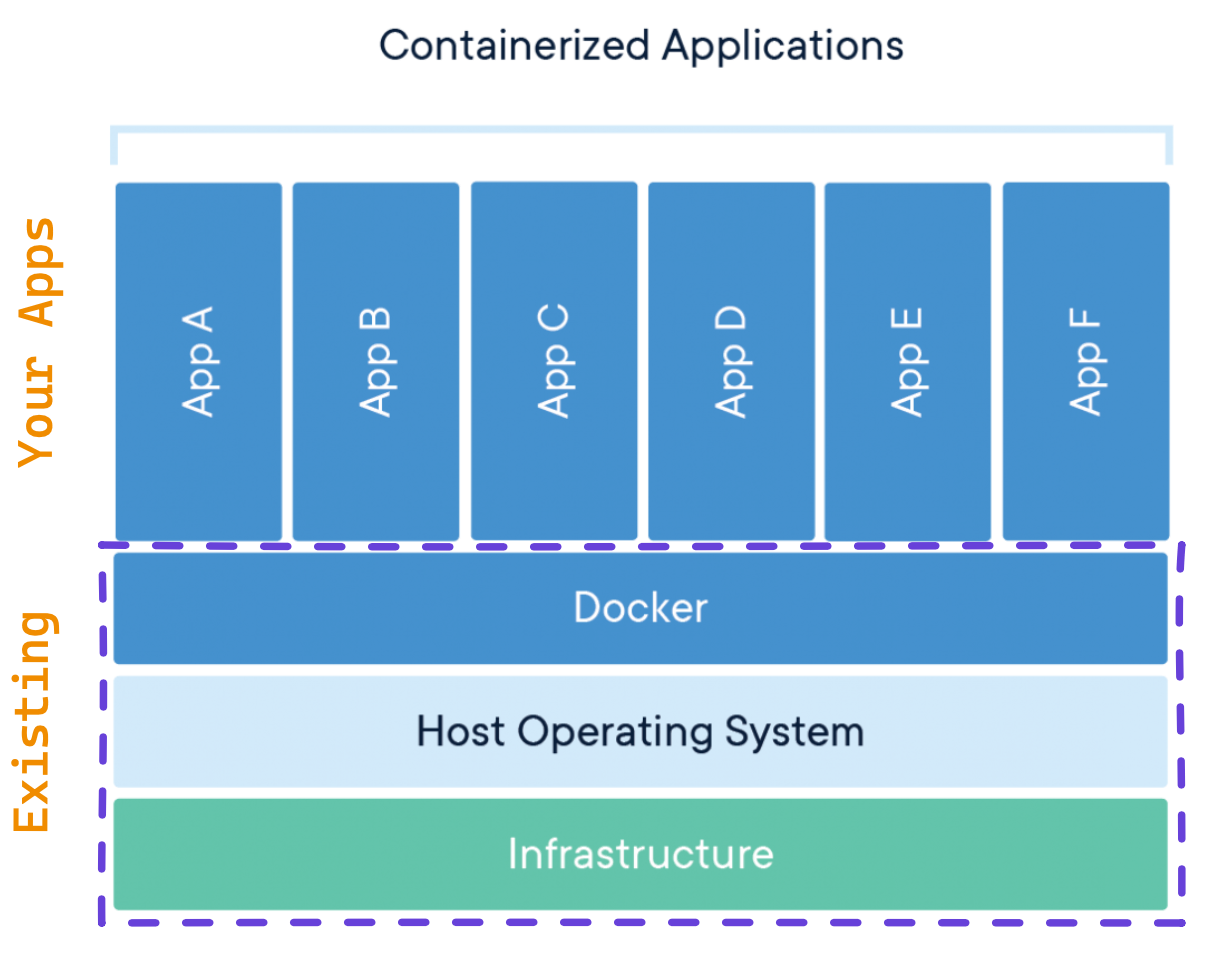Containers
Containers came into software systems in the early 2000s, with the development of technologies such as FreeBSD Jails and Solaris Zones. However, it was not until the mid-2010s, with the rise of Docker, that containers became mainstream.
How it helped
One of the key issues that containers addressed was the difficulty of deploying and managing software applications in a consistent and reliable way. Prior to containers, software applications were typically deployed as monolithic units, which meant that all of the application's components were tightly coupled and deployed as a single unit. This made it difficult to deploy and manage monolithic applications, especially in distributed environments.
Containers address this problem by providing a lightweight and portable way to package and deploy software applications. Containers encapsulate all of the application's components, including its code, libraries, and dependencies, into a single unit. This makes it easy to deploy and manage containers in any environment, regardless of the underlying operating system.

Benefits
There are a number of benefits to container based deployment, including:
- Portability: Containers can be deployed on any platform that supports the container runtime. This makes it easy to deploy containers in different environments, such as on-premises, in the cloud, and on hybrid environments.
- Scalability: Containers can be easily scaled up or down by adding or removing containers. This makes it easy to scale containerized applications to meet changing demand.
- Efficiency: Containers share the underlying operating system and kernel, which makes them more efficient than virtual machines.
- Isolation: Containers are isolated from each other, which makes them more secure and reliable.
How it works with Agile
Containers also paved the way for agile practices by making it easier to develop and deploy software applications in a continuous integration and continuous delivery (CI/CD) pipeline. CI/CD pipelines automate the software development and delivery process, which allows teams to deliver software to customers more quickly and reliably.
Containers are used in CI/CD pipelines to build, test, and deploy software applications in a consistent and reliable way. Containers can also be used to create isolated and reproducible development environments for developers. This helps to improve the quality of software development and makes it easier for developers to collaborate with each other.
Overall, containers have had a significant impact on software development. They have made it easier to deploy and manage software applications in a consistent and reliable way, and they have paved the way for agile practices such as CI/CD.
Here are some specific examples of how containers are used in agile practices:
- Continuous integration: Containers can be used to create isolated and reproducible development environments for developers. This makes it easier for developers to integrate their changes into the main codebase without breaking the build.
- Continuous delivery: Containers can be used to build and test software applications in a consistent and reliable way. This makes it easy to deploy software applications to production on demand.
- Microservices: Containers are often used to implement microservices architectures. Microservices architectures are based on the principle of breaking down a software application into small, independent services. This makes software applications more scalable and flexible.
Overall, containers are an essential tool for agile software development. They make it easier for teams to develop and deliver software to customers more quickly and reliably.